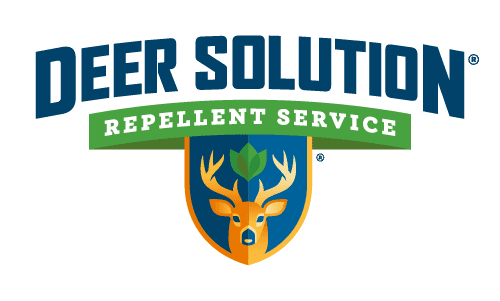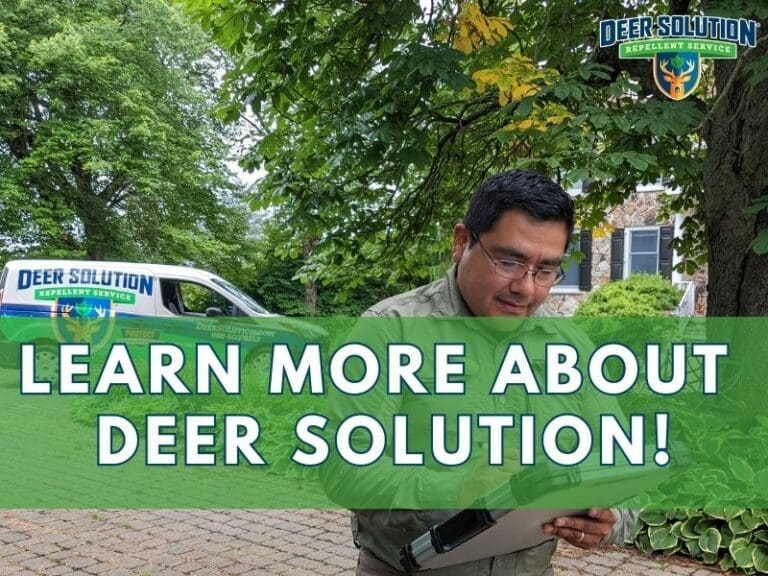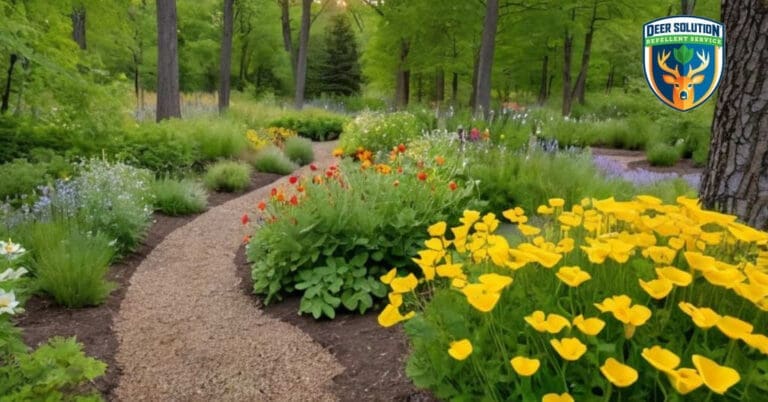When planning a garden, understanding which plants are deer-resistant can be crucial for maintaining a thriving landscape. One common question among gardeners is: do deer eat celandine poppies? This article delves into the dietary habits of deer concerning celandine poppies and offers insights into eco-friendly deer management practices.
Understanding Deer Dietary Preferences
Deer are known for their varied diet, which includes a wide range of plants, shrubs, and trees. However, their preferences can vary based on factors such as region, season, and availability of food. Celandine poppies, with their vibrant yellow blooms, are often a subject of curiosity for gardeners looking to protect their flower beds from unwanted grazing.
Do Deer Eat Celandine Poppies?
Celandine poppies (Stylophorum diphyllum) are generally considered less appealing to deer compared to other garden plants. These perennials, native to woodland areas, produce bright yellow flowers that can add a splash of color to shaded garden spots. While no plant is entirely deer-proof, celandine poppies are often categorized as deer-resistant. This means that deer are less likely to choose them as a primary food source, especially when other more palatable options are available.
Factors Influencing Deer Feeding Behavior
Several factors can influence whether deer decide to nibble on celandine poppies:
- Availability of Food: During periods of food scarcity, such as late winter or early spring, deer may sample a wider variety of plants, including those they typically avoid.
- Deer Population Density: In areas with high deer populations, competition for food can lead deer to consume less-preferred plants.
- Local Deer Preferences: Deer in different regions may develop unique feeding habits based on the local flora and environmental conditions.
Unexpected Factors Influencing Deer Behavior
While deer are known for their opportunistic feeding habits, several unexpected factors can influence their behavior and choices in your garden:
- Weather Patterns: Sudden changes in weather can alter deer feeding habits. For example, heavy rainfall might reduce their usual food sources, pushing them to explore your garden.
- Predator Presence: The presence of natural predators like coyotes can drive deer closer to human habitats, including gardens, as they seek safer areas.
- Human Activity: Increased human activity, such as construction or recreational use of nearby lands, can displace deer and force them to find new feeding grounds.
Observing Deer Behavior for Better Garden Planning
Understanding the behavior and patterns of local deer populations can greatly benefit your garden planning. Observing the times of day when deer are most active and the specific areas they frequent can inform the placement of deterrents and adjustments to garden layouts. For instance, placing celandine poppies closer to the house or in areas with high human activity may further discourage deer from approaching.
Moreover, engaging in community discussions about deer management can lead to a more comprehensive approach to protecting local gardens. Sharing experiences and solutions with neighbors can help in identifying the most effective deer-resistant plants and deterrents for the area. This collective effort not only enhances individual gardens but also contributes to the overall health of the local ecosystem by reducing the need for harsh chemical repellents.
Creating a Harmonious Garden Environment
While deer may pose a challenge to gardeners, understanding their dietary preferences and behavior is the first step in coexisting with these graceful creatures. By employing a combination of deer-resistant plants like celandine poppies, and the expertise of Deer Solution, you can enjoy a beautiful garden that thrives in harmony with nature.
Deer Solution offers a specialized approach grounded in our eco-friendly ethos and decades of expertise. Our certified deer damage experts provide monthly applications of an all-natural proprietary repellent, tailored to your property’s specific needs. By choosing Deer Solution, you can enjoy a thriving, deer-resistant garden. Our commitment to customer satisfaction and environmental stewardship means that you can trust us to deliver effective and sustainable solutions for keeping deer at bay.
Contact Deer Solution today to discover our customized deer management solutions and enjoy a thriving, protected garden.








